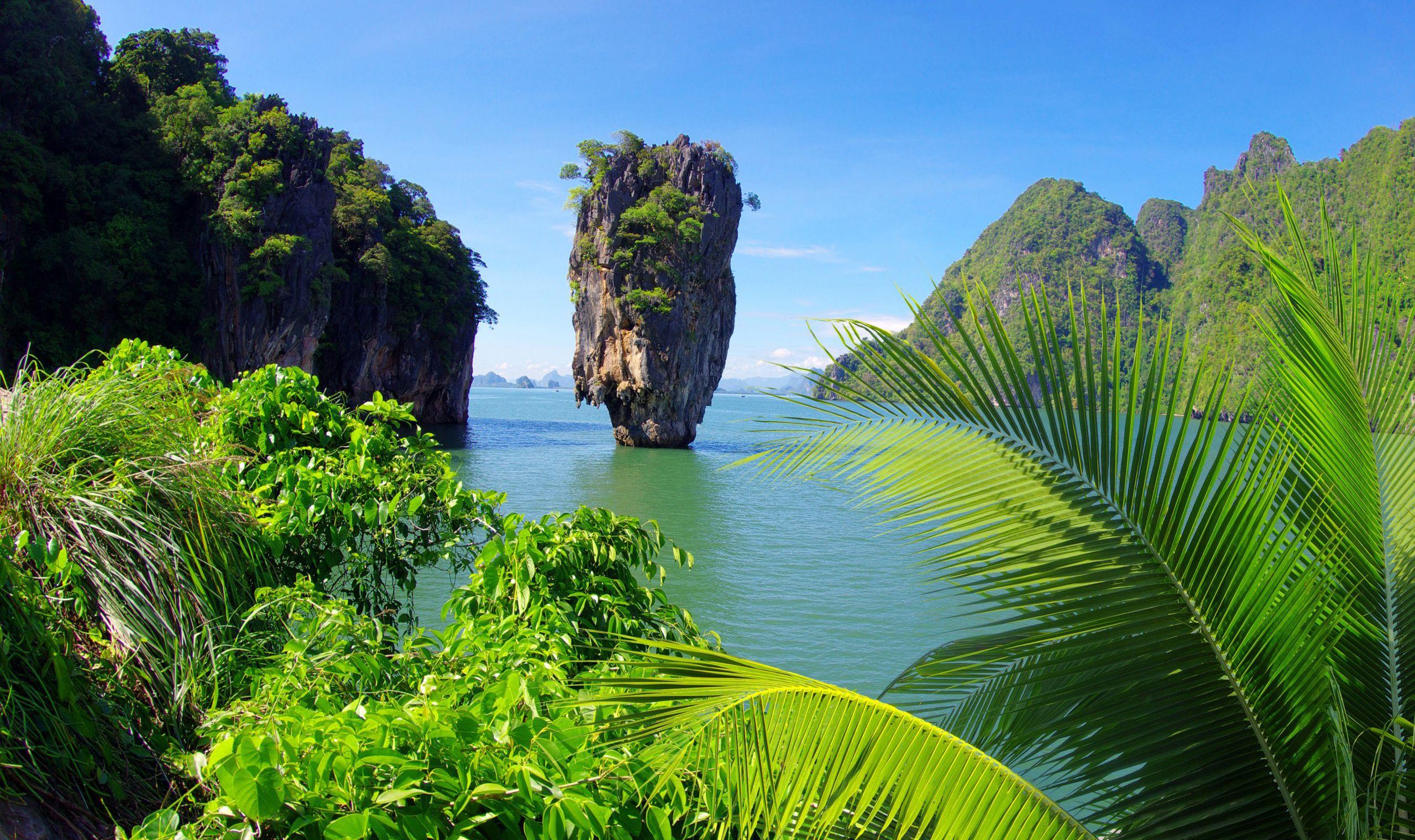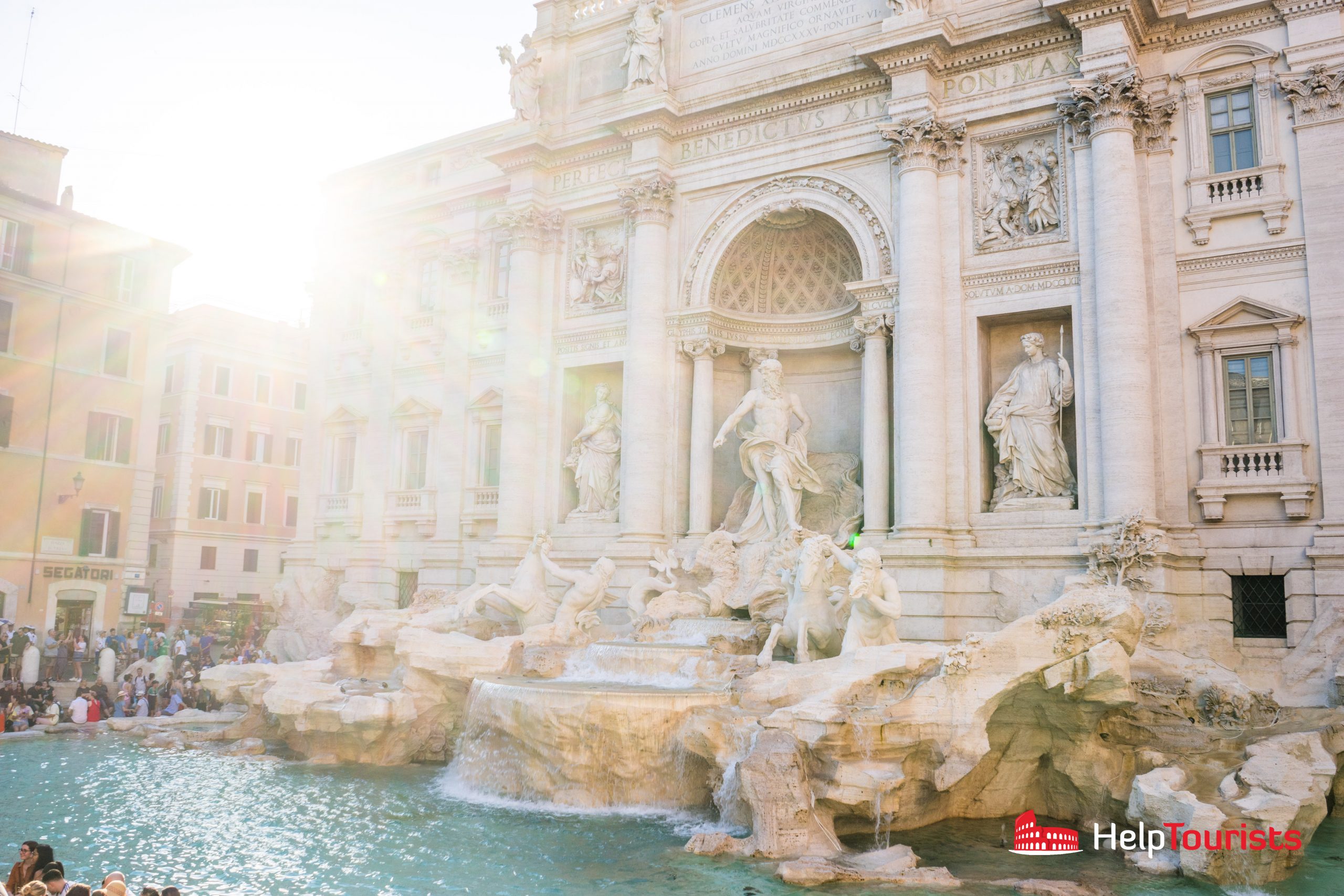South Africa, a treasure trove of biodiversity and cultural heritage, captivates the imagination with its vibrant landscapes and eclectic wildlife. This remarkable country is often referred to as the “Rainbow Nation,” a moniker that reflects its rich tapestry of cultures and ethnicities. Below are some fascinating facts that highlight the wonders of South Africa, from its extraordinary wildlife to its historical significance.
1. The Rainbow Nation
South Africa earned the nickname “Rainbow Nation” during the presidency of Nelson Mandela, symbolizing the country’s diverse cultural composition. With eleven official languages, including Zulu, Afrikaans, and Xhosa, South Africa showcases a linguistic diversity unparalleled in any other nation. This intertwining of cultures can be experienced through its plethora of festivals, culinary traditions, and arts.
2. A Biodiversity Hotspot
Home to the renowned Cape Floral Region, South Africa is classified as one of the world’s six floral kingdoms. More than 9,000 plant species, 70% of which are endemic to the region, thrive here. The Kirstenbosch National Botanical Garden showcases this remarkable floral diversity against the backdrop of Table Mountain, offering visitors a glimpse into the unique plant life of the area.
3. The Big Five Experience
When it comes to wildlife, South Africa is perhaps best known for the “Big Five” — lions, leopards, elephants, rhinos, and buffalo. Originally coined by big-game hunters, the term has since evolved into a must-see experience in parks like Kruger National Park, Addo Elephant National Park, and Pilanesberg National Park, where wildlife enthusiasts can witness these magnificent animals in their natural habitats.
4. Unique Landforms and Landscapes
The geological diversity of South Africa is stunning, featuring everything from sprawling savannas to rugged mountains. The Drakensberg Mountains, the highest range in southern Africa, presents majestic cliffs and serene valleys. This area is not only visually arresting but also rich in biodiversity, making it a popular destination for hikers and nature lovers alike.
5. A Legacy of Gold
During the late 19th century, South Africa experienced a gold rush that drastically altered its economic landscape. The Witwatersrand region became the epicenter of gold production, leading to the establishment of Johannesburg, now the country’s largest city. The mining industry still plays a significant role in the economy today, with South Africa being one of the largest producers of gold globally.
6. Whirlwind of Cultures and Traditions
The cultural scene in South Africa is as diverse as its wildlife, with numerous ethnic groups, each with distinct traditions and customs. The Zulu and Xhosa peoples, among others, contribute to a rich repository of art, music, and dance. The annual National Arts Festival in Grahamstown and the Cape Town International Jazz Festival exemplify the country’s thriving arts scene that attracts both local and international audiences.
7. The Cradle of Humankind
Just outside Johannesburg lies the Cradle of Humankind, a UNESCO World Heritage Site famous for its vast array of hominid fossils. This archaeological site provides critical insights into early human evolution and showcases some of the oldest evidence of hominid life. Tourists can explore the Sterkfontein Caves, where the fossilized remains of a species known as Australopithecus africanus were discovered.
8. Iconic South African Cuisine
The culinary offerings in South Africa are a melange of flavors, heavily influenced by its multicultural heritage. Dishes like Bobotie, a spiced minced meat baked with egg on top, and Biltong, a cured meat snack, showcase the unique food culture. The country’s wineries, particularly in regions like Stellenbosch and Paarl, emphasize the excellence in wine production, making South Africa a notable player on the global wine stage.
9. Vast Coastal Beauty
With more than 2,500 kilometers of coastline, South Africa’s shores are both beautiful and varied. The Garden Route National Park exemplifies coastal paradise, with stunning landscapes, diverse ecosystems, and adventure activities such as bungee jumping at Bloukrans Bridge — the highest commercial bungee jump in the world. In addition to this adrenaline-inducing experience, visitors can also observe dolphins and whales in their natural habitat.
10. A Tapestry of National Parks
South Africa’s commitment to conservation is epitomized through its network of national parks. Each park offers unique experiences and ecosystems, from the arid Kgalagadi Transfrontier Park, where red dunes and stark landscapes await, to the lush Addo Elephant National Park, which protects the country’s largest population of elephants. These parks provide essential habitats for wildlife while offering visitors unforgettable encounters with nature.
11. Rich Historical Context
The storied past of South Africa is marked by colonization, conflict, and the struggle against apartheid. Robben Island, where Nelson Mandela was imprisoned for 18 years, has now become a poignant symbol of resilience and the fight for freedom. Guided tours of the island educate visitors about the country’s tumultuous history, promoting dialogues around democracy and social justice.
12. Spectacular Natural Wonders
South Africa is blessed with a plethora of natural wonders. The Blyde River Canyon, one of the largest canyons in the world, captivates with its dramatic scenery and biodiversity. The awe-inspiring God’s Window viewpoint provides breathtaking panoramas that leave an indelible mark on visitors. Whether marveling at the iconic Table Mountain or the majestic Victoria & Alfred Waterfront, the landscape is truly a feast for the eyes.
In summary, South Africa is a land of contrasts and contradictions, where vibrant cultures blend seamlessly with awe-inspiring landscapes and incredible wildlife. Each corner of the nation tells a unique story, inviting exploration and appreciation of its rich heritage, making it an extraordinary destination for travelers from all walks of life.










